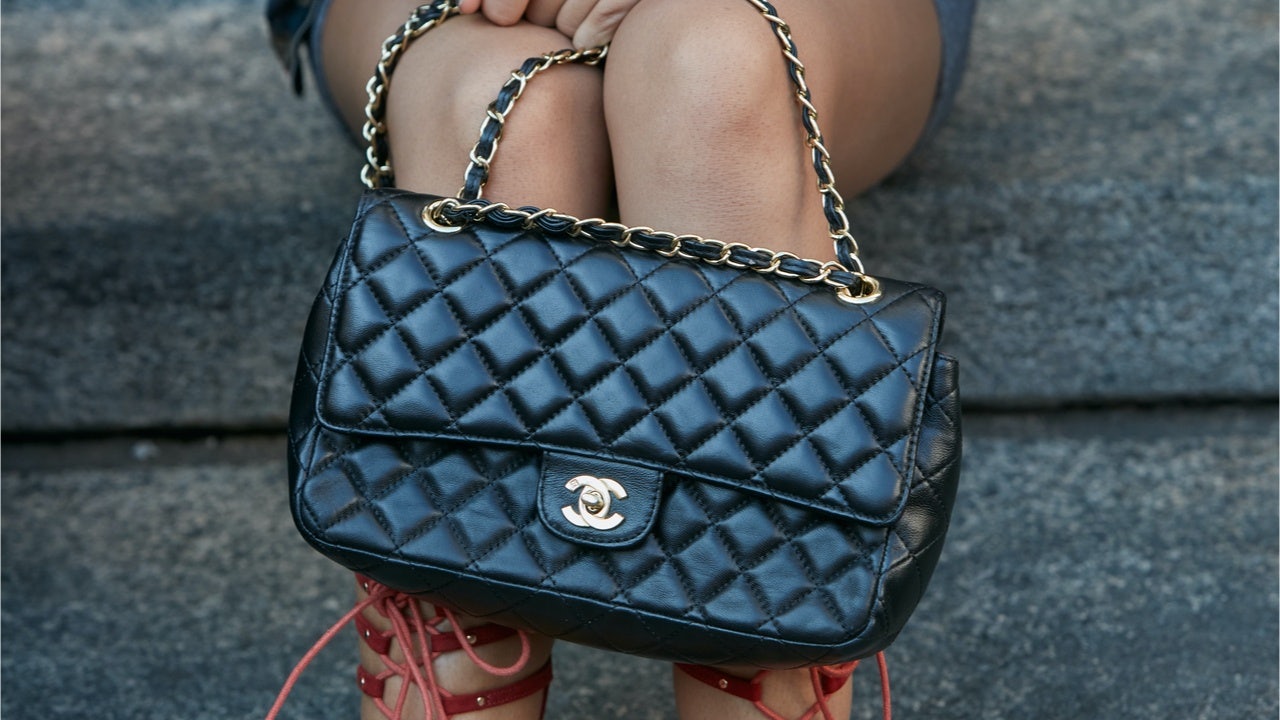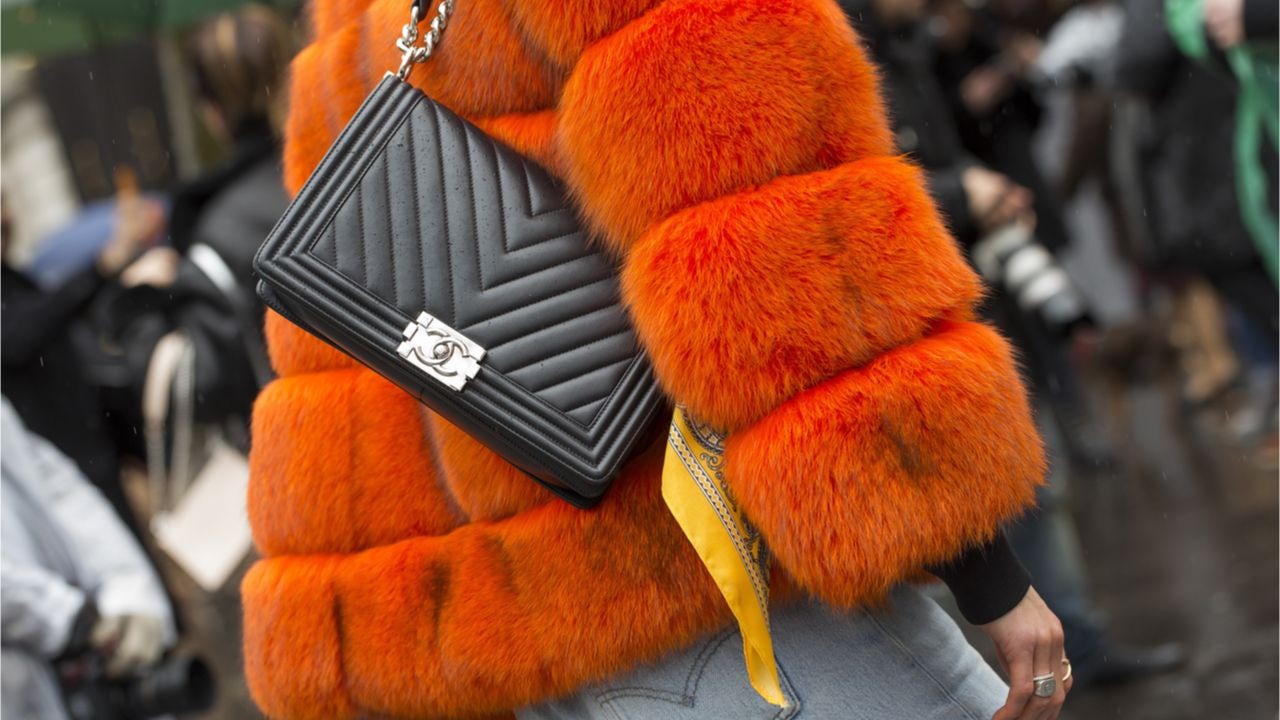Gen-Z consumers and the brands that are highly relevant to them are of utmost importance for two reasons. First, to be relevant to young millennials, companies have to target even younger consumers (age 16-20 years old) since they act as key influencers to consumers that are between the ages of 25-30 years old. Second, most established luxury brand CEOs all have the same problem in that they only appeal to customers over 40 while struggling to connect with young millennial or Gen-Z consumers. And since brand preferences are built when customers are quite young, these brands are risking their futures by not appealing to these younger generations.
The hardest thing for most brands to acquire today is “social currency” — in other words, recognition as a relevant, hip, or compatible brand by young customers. To hit this zeitgeist, brands must go much further than just creating young-looking products. The entire brand must be seen as hot to thrive. Even being “somewhat” authentic isn’t enough. In regards to social currency, brands either have it or don’t.
In an attempt to study brands with the greatest social currency, I went to the much-hyped American beauty brand Glossier’s flagship store in Soho. Just to enter the store, I had to wait in a 45-minute line of approximately 80 people. I’ve never experienced a line like that for any makeup brand anywhere in the world. Once you’re inside the store, everything revolves around getting customers to test products. The store layout is inspired by a type of “hangout experience” seen in Apple stores rather than classic shopping environments, and it’s highly Instagrammable, as certain areas were specifically designed for people to take and share pictures. Hundreds of young customers were in the store testing the makeup on their skin and leaving with bags of products. Even the store’s checkout uses a seamless online-to-offline (O2O) model. Products are delivered by a unique delivery mechanism that “wows” customers, and they eagerly await —and even film — their bags’ arrival to share on social media (free brand advertising!) When a brand like Glossier has social currency and makes consumers feel “at home” in a no-pressure environment, they buy more products.
Another remarkable concept I experienced was a collaboration between Adidas and the Pharrell Williams concept store known as the Billionaire Boys Club. The store was previewing a new limited-edition Adidas sneaker collaboration priced at 600. Customers had the opportunity to test the sneaker in a secret “zero-gravity” pop-up shop which was only accessible to customers who signed up for a raffle to win a pair of those limited-edition sneakers. For those who had signed up, the store personnel revealed the location of the secret store with instructions on how to gain access. This approach created a remarkable experience that I will never forget. In total, I spent two hours experimenting with the shoe — an amount of time I never would have spent in a normal store environment. As you can see, experience creation is now an integral way for brands to achieve relevance.
To create social currency, collaborations have also become increasingly important. Christian Dior just announced a collaboration with Nike to create the Dior x Air Jordan sneaker, which was designed by Kim Jones, the creative director or Dior Homme, and worn by rapper Travis Scott at the Dior Pre-Fall 2020 show in Miami during Art Basel. The sneaker is expected to retail at around 2,000 and is already being hyped as the new “must-have” shoe.
Capitalizing on a combination of trends like strong brand storytelling, a product (sneakers) that’s highly desirable to young customers, a hyped social context, and a popular rapper’s endorsement is a brilliant way for brands to quickly build a product’s status. Social currency is the result of brands building equity, not in a traditional way (advertising) but by creating an aura of strong desirability with the target audience. To do this, brands must radically rethink their approach. A precondition is understanding what consumers want. To do that, real-time insights generated from advanced data processing technologies and artificial intelligence are key.
This is where hard data and creativity converge! The data is needed to dissect and filter consumer insights and identify trending topics, content, and relevant influencers (e.g. which rapper is best for the brand). Then, creativity is applied to create exciting experiences for customers and the media to spread around the world. But brands must also remember: The sneaker Adidas presented in Miami with an American rapper will be a hit with young Chinese customers because it’s the shoe to wear this season. Next season, the “it” sneaker could be unveiled in China by a Chinese influencer. What has social currency today won’t create social currency tomorrow. These days, trends evolve faster than ever. That’s why real-time data is so important for companies who want to be successful with young target groups.
Because of the Internet, the luxury market has changed radically, and its youngest customers are now the most discerning. They have incredibly high expectations, demand to be entertained, and want content with shareable moments for Instagram or WeChat. This is what brands must consider when appealing to Gen Zers and young millennials.
Daniel Langer is CEO of the luxury, lifestyle and consumer brand strategy firm Équité, and the professor of luxury strategy and extreme value creation at Pepperdine University in Malibu, California. He consults some of the leading luxury brands in the world, is the author of several luxury management books, a global keynote speaker, and holds luxury masterclasses in Europe, the USA, and Asia. Follow @drlanger


